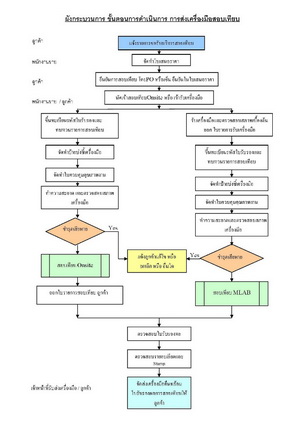Serving customers digitally is without doubt the future. It is even part of the present. But it is not the present.
The present digital customer service experience has both successful and unsuccessful examples. Unfortunately, the unsuccessful ones, and they are many, are not publicized as much as they should be. Both provider and client of a digital service, have a vested interest to hide their respective failures.
This essay, based on our extensive experience in DVK Consultants serving our Clients, is addressed mainly to Top Executives.
Behind many unsuccessful digitisation efforts is the fact that the systemic digital literacy of a Company is overestimated and the Company is not adequately prepared. In particular, the failures in customer service digitization are many and the present article aims to warn on the most frequently occurring ones.
The first and foremost failure is the “Me Too” syndrome.
Executives admire the digital customer service level achieved by giants like Amazon, Apple and others, they rush to emulate them while have not fully appreciated the time, capital and effort, it took them to reach that level.
The first thing to understand is that the experience obtained by the digitization of the back office applies little when it comes to serve customers in the front office.

Procedures, written to be followed by humans in customer service, cannot be digitized. First, they must be reviewed and rewritten in a way that the machine can process them smoothly. This is often not the case, and it ends in digitizing even a pre-existing issue making it so much harder to arrive at a solution.
Experiences abound.
The retail service of international respectable banks and many local ones has often collapsed. In a number of cases, companies that offer various services are unable to satisfy their customers and so on.
The reasons why:
Executives that are lured to digitize customer service, aim most of all at reducing the costs of the human factor. Their objective is cost and not service. The biggest trap for that is AI applications.
Executives should first look if AI can serve their customers better, not cheaper, because the new customer is digitally demanding and critical of any digital service that is not up to his level of expectations, which is higher than the present AI capabilities. Moreover, there is still, a significant number of customers that are not very familiar with digitization.
Here are the classical mistakes in the process of applying AI or any other form of sophisticated digitization, in customer service:
– Inadequate level of digital culture inside the Company. You can fund but you cannot buy digitization knowledge and understanding. You must assess and make sure that the level of digitization understanding of your employees is high enough to absorb and successfully insert the new techniques in the operational procedures of the Company.
– Lack of detailed understanding of how customer service is conducted at present by humans.
– Lack of careful selection of provider of digitization services. The providers that offer a similar service to your competition will not tell you of their failures and neither is the competition. Try to understand, with any means available, who is the most successful, not the less expensive. Do not completely trust your IT. Not because they want to mislead you, but mainly because they are over enthusiastic to try the new challenge. This is not an area to pinch pennies, it will define your business future.
– Rushing to apply the new system. Extensive trials are required using the new system before you open it to Customers.
 – Neglecting to establish a limited pilot scheme. This is vital. All defects found in the pilot scheme, and they will be many, will affect only a small portion of customers.
– Neglecting to establish a limited pilot scheme. This is vital. All defects found in the pilot scheme, and they will be many, will affect only a small portion of customers.
– Taking humans out of the loop. Your employees know that the reason you digitize is to reduce their number. When the new system fails your employees will be very passive about it, hoping that you will understand their importance.
If you engage the employees in the support of the failures of the new system, they will feel significant and part of the effort, hoping to keep their job by complying to the new circumstances.
– Training your customers is not an option. Most of your customers do not wish to be trained to just increase your profitability. They come to you to be served not trained, so you must make it attractive and gainful for them, not necessarily financially.
Giants like Google, Apple and others are still struggling to master AI issues in voice recognition, translation and many other aspects of the new technologies. When they will achieve it, which is not far away, a new era will open.
Until then remember that any successful new application must be customer friendly. If you experiment at their expense you will lose your top customers. Your top customers know their value and if not properly serviced, they will take their business elsewhere. On the other hand, your lower value customers who recognize that, not being important, may sometimes lead to lower service, have in our times an impressive social media word of mouth that can significantly harm a company’s reputation. Great damage will be done before you perceive it.

Of course, you have to digitize customer service. It is just a question of timing and resources available.
Avoid hype in your expectations.
Just remember that in Customer Service Digitization, it pays to mind quality, not only speed.

